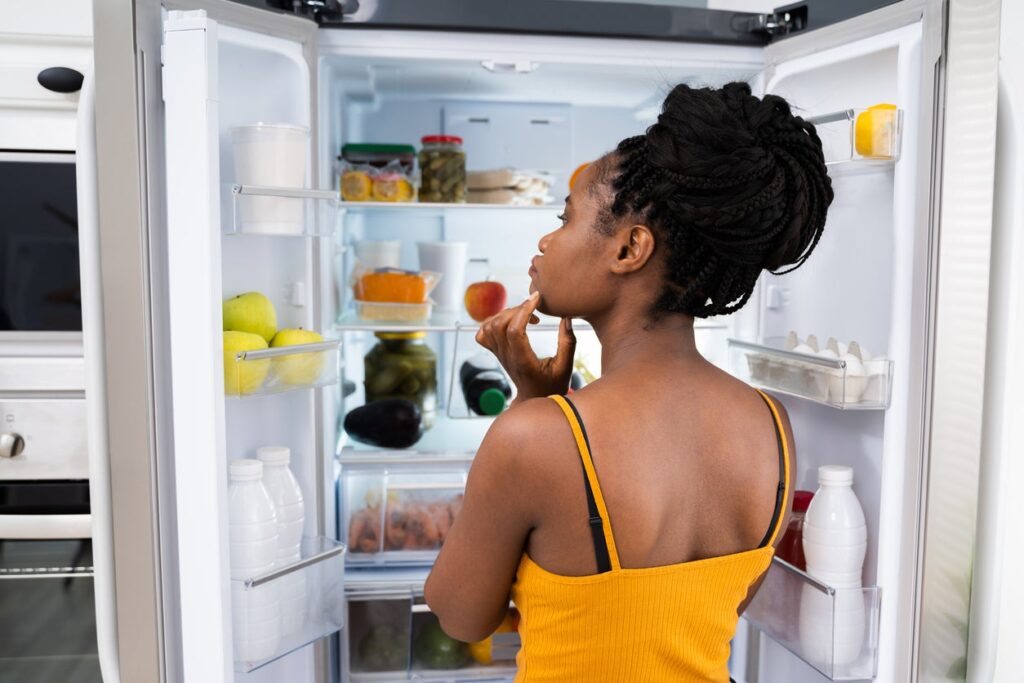Ice makers in refrigerators are the ultimate in convenience, as long as they don’t stop producing ice on demand. You wonder, “Why isn’t my refrigerator producing ice?” For example, the temperature in the freezer compartment may be too warm to produce ice cubes.
If your refrigerator ice maker isn’t working, you can call a handyman by googling “appliance repair Toronto,” for example. These professionals can fix your refrigerator ice maker that isn’t working or make any other repairs. Yet, we suggest you try using these troubleshooting tips to solve the problem yourself.
How To Fix Your Refrigerator’s Ice Maker If It Isn’t Working
Troubleshooting your ice maker can lead to simple adjustments or different remedies, from do-it-yourself solutions to expert help. Here’s how to identify the most common reasons why your refrigerator ice maker doesn’t work, as well as the appropriate remedies.
1. Ice maker was turned on
First, check if the ice maker is on. Frozen things can sometimes press against the ice maker and turn off the switch. Also, you may need to turn on the ice maker if your refrigerator is brand new. The switch on refrigerators is often in the off position during shipping.
There is an on/off switch on the top left corner of the ice maker. You may have to remove the ice bucket and the top freezer shelf to get to the switch. Make sure the switch is on. When the ice maker is running, a green light will appear. If the switch has been turned off, it may take up to 48 hours for the ice maker to start producing ice after resetting.
2. Freezer is Too Warm
The freezer must be adjusted to 0°F in order for an ice maker to create ice as intended. The ice maker may start producing ice once it reaches 16°F. For the best ice output, make sure the freezer stays at 0°F.
The following problems can cause a too-warm freezer:
- Not enough stuff in the freezer: Frozen foods keep cold in the freezer, like ice packs in the refrigerator. If you don’t have enough food to fill the freezer completely, consider freezing jugs of water to keep the temperature stable.
- Door not fully closed: Close the door tightly after using the freezer. Leave the door open as little as possible to keep cold air inside when storing and removing food.
- Broken door seal: Ruptures or holes in the door seal can allow warm and cold air in. If necessary, replace the door seal by checking it for damage.
3. Ice Maker Water Supply Issues
A refrigerator’s ice maker won’t be able to manufacture ice or may produce smaller, irregularly shaped cubes if the water supply is cut off. Your ice maker’s water supply might be affected by a number of potential problems.
Here’s how to troubleshoot issues with the water supply:
- An accumulation of minerals and deposits in the water filter can prevent water from flowing into the ice maker if it has not been replaced for a long time. The refrigerator water filter should be replaced every 6 months to avoid clogging.
- Freezing of the ice maker water pipe can be caused by trapped water droplets, which restrict the flow of water needed to make ice. The tube can be thawed by placing it in a heated turkey tub. To prevent the tubing from freezing again, make sure the freezer compartment is no colder than 0°F.
- The water supply to the freezer and refrigerator will be restricted if the refrigerator water supply pipe is kinked. Look for kinks in the piping and, if possible, carefully straighten them out. If the kink has damaged the piping, it must be replaced.
- Faulty water valve: This electronic valve controls the flow of water from the water line in the freezer and refrigerator. The ice maker will not create ice if the valve is broken and remains closed. The faulty valve must be properly replaced.
4. Faulty ice maker
After attempting these suggestions, your refrigerator’s ice maker could be faulty if the problem persists. The ice maker module or mould thermostat are only two examples of parts inside the ice maker system that might malfunction.


